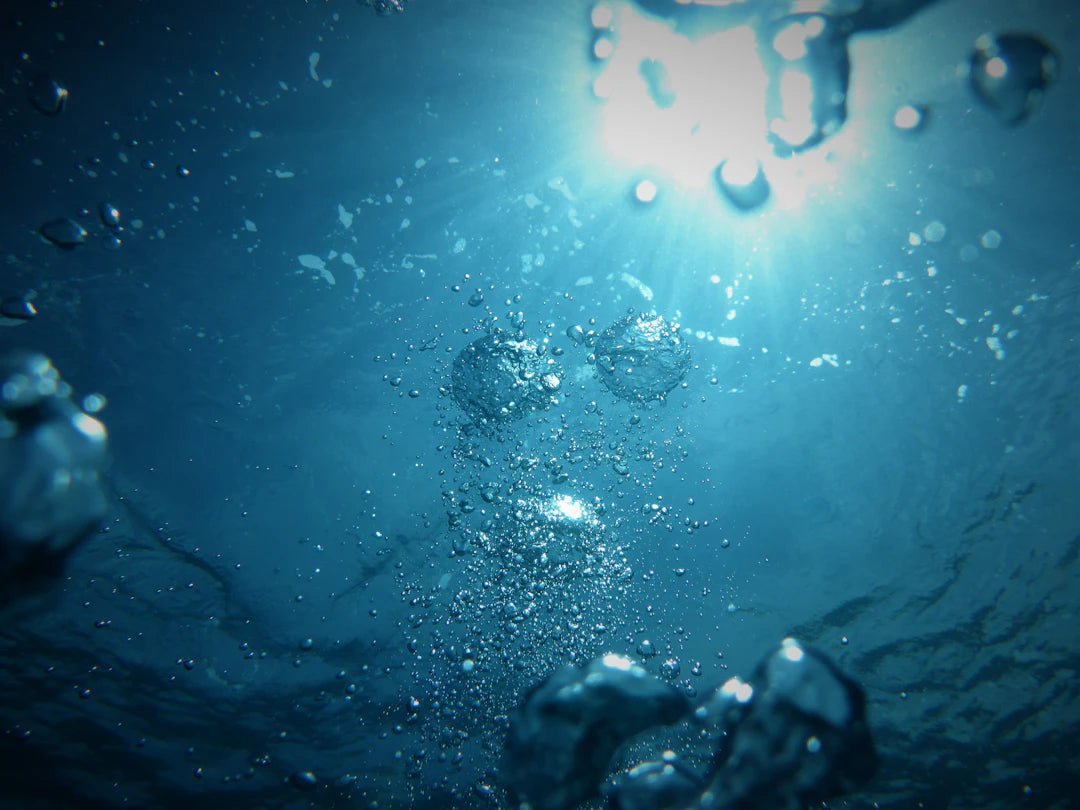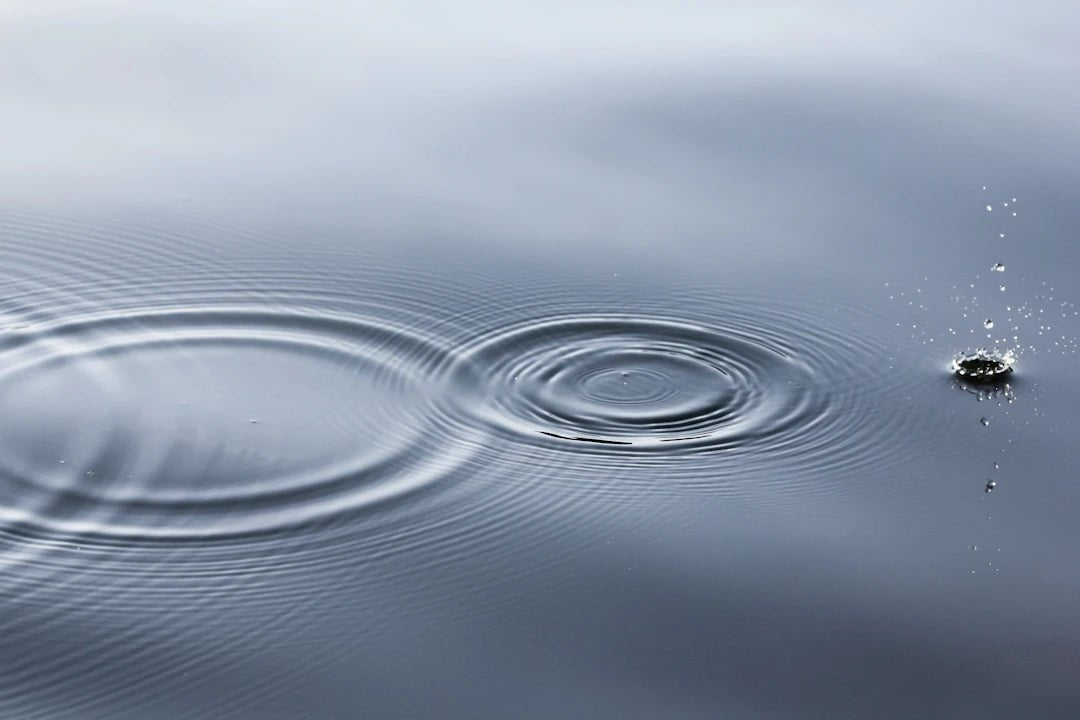Debunking Misconceptions About Reverse Osmosis
Frequently Asked Questions
1. What is reverse osmosis?
2. Does reverse osmosis remove essential minerals from water?
3. Is reverse osmosis wasteful in terms of water usage?
4. Are reverse osmosis systems complicated to maintain?
5. Is reverse osmosis water taste unpleasant?
When it comes to ensuring clean, safe drinking water, the topic of reverse osmosis can often lead to confusion. Many Australians have questions surrounding this reputable water filtration system. From concerns regarding efficiency to doubts about its health benefits, we’re here to clear the air. In this article, we will debunk the most common misconceptions about reverse osmosis and shed light on why it’s a superior choice for your water needs.
Understanding Reverse Osmosis
Reverse osmosis (RO) is a water purification technology that uses a semi-permeable membrane to remove ions, unwanted molecules, and larger particles from drinking water. It is a reliable method for producing clean water, making it popular in many Australian households. The process involves pressurizing water and passing it through a membrane that filters out contaminants.
Myth 1: Reverse Osmosis Removes Essential Minerals
One of the biggest misconceptions is that reverse osmosis filters remove not just contaminants but also essential minerals from water. While it’s true that reverse osmosis filters out most dissolved solids, including minerals, this does not mean that your water will be devoid of essential nutrients.
The Truth About Minerals in Water
Common minerals such as calcium and magnesium are often present in very small amounts in drinking water. While reverse osmosis may reduce these minerals, they can still be obtained through a balanced diet. Many health professionals agree that the majority of essential minerals come from food rather than water.
Myth 2: Reverse Osmosis is Wasteful
Another common belief is that reverse osmosis systems waste a significant amount of water during the filtration process. While it’s true that some water is expelled as waste, advancements in technology have led to more efficient water filtration systems that minimize waste. Many modern systems are designed to generate only a 1:1 ratio of filtered water to waste.
Innovations in Efficiency
Innovative manufacturers have developed systems that can improve the efficiency of reverse osmosis. For instance, using a dual-stage or tankless setup can enhance water recovery rates, meaning less wasted water. Investing in quality filters, such as those compatible with Rippl Pure, also ensures that your filtration system operates at peak performance.
Myth 3: RO Systems are Complicated to Maintain
Many believe that maintaining a reverse osmosis system is a cumbersome task. However, routine maintenance is manageable and important for the system's lifespan. Regular checks and timely reverse osmosis filter replacements will keep your water pure and the system functioning efficiently.
Simplifying Maintenance
- Check Filters Regularly: Most systems require filter changes every 6 to 12 months.
- Monitor TDS Levels: Use a Total Dissolved Solids (TDS) meter to check water quality.
- Flush the System: Flushing your RO system periodically enhances performance and extends its life.
Myth 4: Reverse Osmosis is Only Necessary in Urban Areas
Some Australians might think that reverse osmosis is only necessary in urban areas where tap water quality is questionable. In reality, water quality issues can exist anywhere, including rural settings. Contaminants such as pesticides, chemicals, and heavy metals can affect water sources across the country.
Guarding Against Local Contaminants
It is prudent for all households to test their water, regardless of location. If you suspect that your drinking water may contain harmful substances, investing in a water filter system like reverse osmosis can provide peace of mind. Such systems are effective at removing contaminants regardless of the source of water.
Myth 5: The Taste of RO Water is Unpleasant
Another misconception is that reverse osmosis water tastes flat or lacks flavor due to the removal of minerals. However, many people who have switched to RO water report enjoying its clean, crisp taste.
Flavor Compared to Other Sources
Tap water or well water often contains chlorine and other chemicals used for disinfection that can give it a distinct taste. In contrast, reverse osmosis removes these tastes, resulting in more refreshing water that enhances the flavors of beverages like tea and coffee. Many users find this a major benefit of switching to a reverse osmosis system.
Myth 6: RO Systems are Too Expensive
Cost is often a concern when considering a water purification system. While initially investing in a reverse osmosis system may seem steep, it’s essential to factor in both the long-term savings and health benefits.
Cost-Effectiveness Over Time
Many Australians opt for bottled water due to doubts about tap water quality. However, regularly purchasing bottled water can become significantly more expensive over time compared to installing a reverse osmosis system at home. Additionally, purified water can lead to fewer health issues related to contaminants, ultimately saving you money on healthcare costs.
The Environmental Impact of RO Systems
Some may argue that reverse osmosis systems contribute negatively to environmental waste due to the water they discard. It's important to note that many systems are becoming increasingly efficient, producing less waste while supplying purified water.
Positive Environmental Contributions
Transitioning to a reverse osmosis water filtration system means you can reduce the use of plastic bottles, which have a detrimental effect on the environment. By filtering your own water at home, you cut down on the plastic waste generated by bottled water consumption, thus contributing positively to the planet.
The Bottom Line: Healthy Hydration Starts Here
While many misconceptions exist regarding reverse osmosis filtration, understanding its benefits and functionalities can help Australians make informed decisions about their water quality. With advances in efficiency and reliability, investing in a reverse osmosis system is undoubtedly worthwhile for securing clean and safe drinking water.
By dispelling these myths, we encourage everyone to consider the advantages of installing a reverse osmosis system in their home. Clean water is essential for health, and with options like Rippl Pure, ensuring that what you drink is pure has never been easier. Take a step towards better hydration today and experience the difference firsthand!



